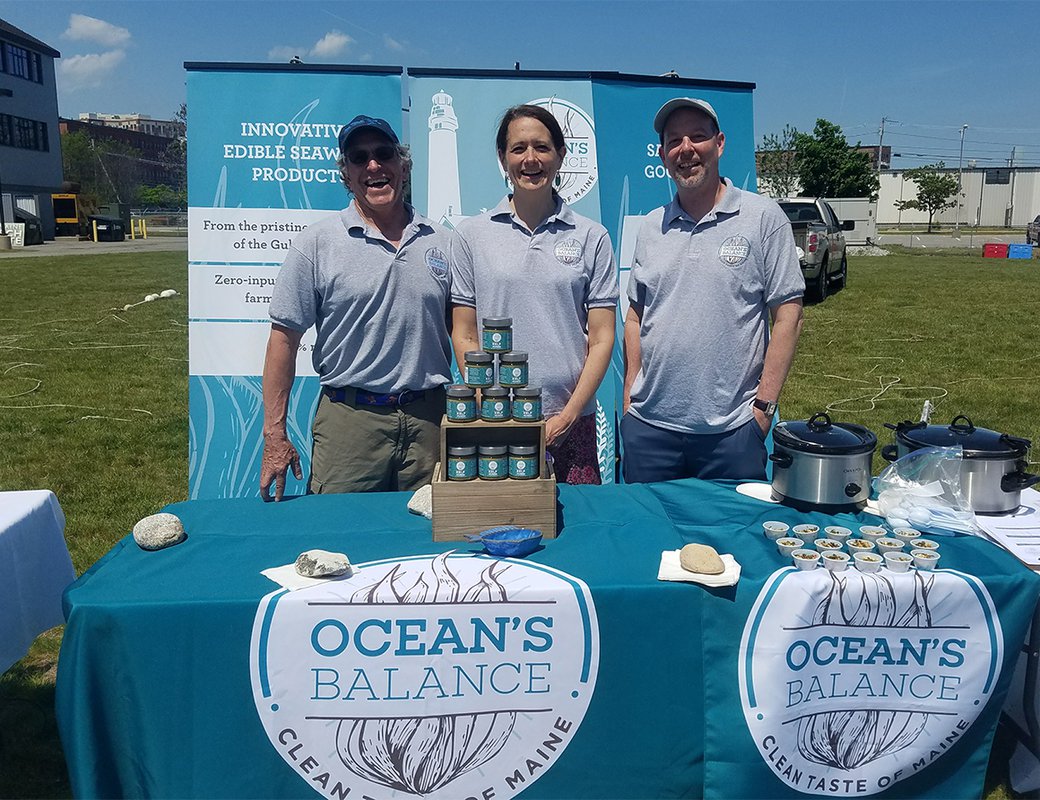
Branding & Marketing
Branding is your company's identity — it's how you present your products, company values, and business story to the world. Marketing is a series of strategies that help convince consumers to buy your product. As a startup farm, you won’t have much marketing capacity (budget and time), but there are simple, inexpensive ways you can get customers to find out about your business.

Questions
Branding
-
A brand is a promise to consumers about their experience with your product. A well-defined brand strategy should encapsulate all aspects of your business — from product origin to what differentiates you from competitors. Maine and the Northeast US is a crowded market, with more high-quality product coming to the market each year. It's essential that you distinguish yourself from the pack, and one of the clearest ways to do that is through branding.
-
Customer discovery is the process of identifying and understanding who your potential customers are. What gap does your product fill? What problem does your business solve for a customer? Rather than relying on assumptions about what customers want, seek out more information. Listen, learn, and adjust to market demands to maximize your customer base.
-
A value proposition is the unique value you offer to the customer which distinguishes your product from the competition. Why should they buy your oysters instead of the hundreds of other options? Value propositions include qualities like helping customers purchase healthier food, shop locally, buy sustainable, enjoy premium seafood, or have a Maine experience.
Marketing
-
Step one: set up social media accounts and build a basic website. Without an internet presence, potential customers can’t search for your business to find out who you are and what you sell. If building a website feels out of reach initially, start with social media accounts. Posts should be consistent in tone and messaging across different channels to make clear to the customer what your business is all about. A website, even a basic one, sends the message that you’re an established professional business. Make sure to update your web presence regularly. It can be worse to have inactive or outdated content than nothing at all.
-
Product, placement (where you sell), pricing, and promotion.
-
Not necessarily. Some businesses have a buyer lined up who takes care of sales and distribution. Sometimes, most notably for kelp, buyers sell raw material (that adheres to a strict agreed-upon quality standard) to a processor who handles marketing, sales, and product development.
-
Oyster markets are unique from other farmed seafood because their characteristics vary significantly depending on environmental factors and growing techniques, and they are typically distinguished by variety on restaurant menus. This presents both an opportunity and a challenge for sea farms to differentiate their product by establishing a unique value proposition. Other farmed seafood is not typically sold by variety and requires less farm-specific marketing to cultivate demand.
-
Hiring a company that specializes in professional marketing services — or creating a marketing position at your company — can be expensive. But as production volumes grow, it may be a worthy investment.
-
The non-growing season is a good time to focus on marketing. Many growers enjoy the creative elements of branding and marketing so much that they become distracted from the essential farm tasks that maintain premium quality and, in many cases, keep the animals alive. It’s especially hard for early phase businesses to deliver the production volumes and quality they aspire to as they learn their site and perfect operations.
Branding & Marketing Resources
-
![]()
-
Visit What Does the Oyster Consumer Want?
-
Visit Marketing Cultured Oysters
-
-
Visit Small Scale Marketing Opportunities for Aquaculture Products in the Northeast
-